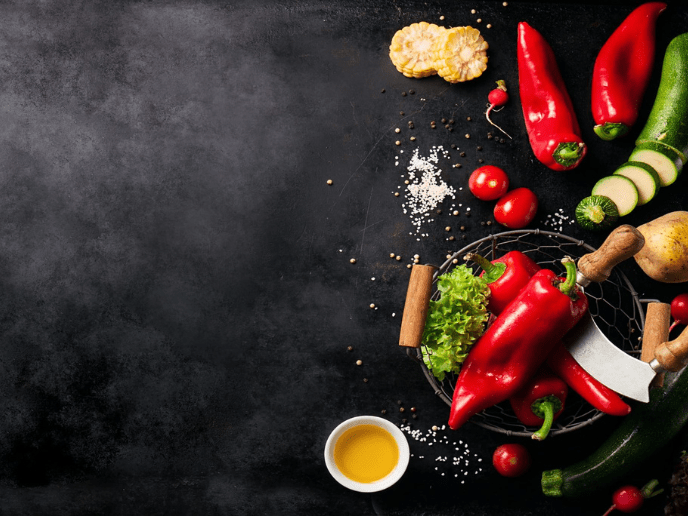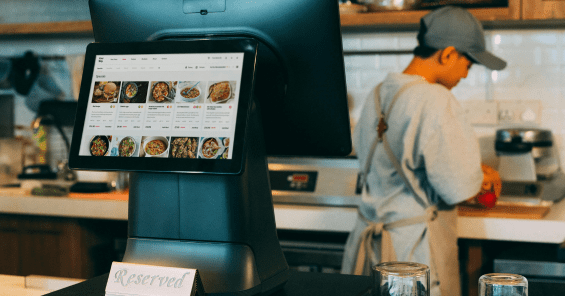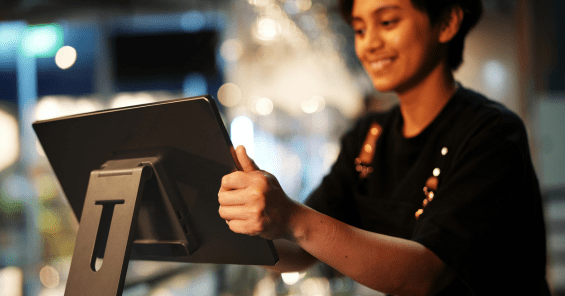

The Ultimate Guide to Restaurant Reporting
Did you know there's a restaurant report for just about every aspect of your business? We've made a list of the different types of restaurant reporting you might encounter and how you can use them to create improvements and expand operations.
According to Toast’s 2019 Future of the Restaurant Industry Report, 78% of surveyed restaurant owners checked their analytics every day. In the restaurant industry, almost everything is trackable, giving restaurateurs access to a massive amount of essential operational insights that can help them take their business to the next level. Not sure which dishes are your top performers and which should be taken off the menu? There's a report for that. Wondering where the majority of your waste comes from? There's a report for that, too.
How To Start And Grow Your Restaurant Business
Whether you're embarking on launching your first restaurant, opening a second (or third) location, or ready to turn your restaurant business into a franchise, this guide will help you make the smartest decisions possible for your business

It's exciting to have a world of data at your disposal; data that can help you run a successful restaurant, drive revenue, and deliver customer satisfaction. Now more than ever, restaurants are relying on restaurant management systems to deliver automated reports. And integrated systems allow restaurant owners and managers to cross-reference data and make smart decisions that improve the bottom line.In this article, we’ll discuss just how restaurant reports can help improve operations and which reports restaurants should be paying attention to.
How Restaurant Reports Help Restaurants Succeed
In general, businesses that use the power of analytics boost profits by 8% to 10%. But, the best restaurant reports offer value, not vanity. While they give restaurant owners an opportunity to show off wins, they also provide a window into areas that need improvement.
Specifically, restaurant reports can help your restaurant do the following:
Control Inventory to Lower Costs
Restaurant reporting is an excellent way to fine-tune inventory processes and lower your expenses. Robust analytics provide you with an overview of past and present inventory levels related to orders and cash intake. You can also keep tabs on waste, which gives you information on where you need to cut back to save cash.
Increase Employee Satisfaction
In an increasingly competitive job market restaurants need to give their staff members reasons to stay, or they’ll likely look for greener pastures. Labor-related reports can show managers whether employees are working too many or too few hours. Coupled with POS data, those reports can show managers who is responsible for the bulk of high-revenue sales during a shift. Not only can managers reward waitstaff with large sales, but they can pinpoint tips to share with other employees to improve sales.
Expand Restaurant Operations
With the help of a restaurant report, you can figure out what’s currently working in your location and use that information to build a strategy to expand operations.
Suppose you’re expanding your takeout program to offer delivery. Using your POS system, determine which items are most popular for takeout and use them on your initial delivery menu. Use inventory and sales data to determine how much more of each ingredient you will have to order to accommodate deliveries.
Different Types of Restaurant Reports
Different restaurant reports reveal insight into a specific part of your restaurant business. Whether you discover information on your labor cost or inventory, reports will show you areas of improvement in controllable expenses.
Every type of restaurant report reveals insight into a different part of your business. Reports about your prime cost, whether information on your inventory or labor cost, show you areas of improvement in actual controllable expenses.
While there are lots of reports available, here are five examples that give you a deeper look at your restaurant data operations:
Flash Report
The daily flash report is a consolidated report that offers a snapshot of one day's performance at a restaurant or multiple locations of a restaurant. It's a high-level summary of several important metrics, including labor costs, sales, discounts, and comps. All daily sales data flows through this report, which also incorporates labor report numbers and historical information.
This report is designed for above-store or in-store restaurant operators who require a snapshot of each day's labor, sales, and other metrics. Tracking a daily summary allows restaurant managers to adapt quickly, make real-time adjustments, and resolve operational problems before they become long-term issues that damage profit margins.
Received by Purchased Item Report
This particular report tracks items received over time by a specific location, as well as individual prices. The data can be sorted by item categories or tied to a specific purchased item and can help hold vendors accountable for billing quoted prices by identifying pricing errors.
The report also allows item pricing across restaurant locations and can view variance between regions or stores. The Received by Purchased Item report also allows operators to calculate the total and percent each item makes in Cost of Goods Sold (CoGS), pinpointing top moving items to monitor.
Running this report a few times a week helps you watch your vendor pricing, which is essential to fostering a healthy bottom line.
Menu Item Analysis
When creating or revising a menu, it's crucial to analyze how each item is performs. Ideally, menu items should sell well and have a high sales margin. This report analyzes metrics to create menu engineering recommendations, giving you the essential information you need to make menu-related decisions. Your menu item analysis displays the cost, current selling price, and margin for each menu item, as well as quantities sold.
The Menu Item Analysis report uncovers the profitability and popularity of each menu item, ranks them against each other, and puts them into categories. Each category, such as "star" (high popularity, high margin) or "opportunity" (low popularity, high margin), offers recommendations on how to proceed with specific menu items.
By understanding how to use the data to add promotions, adjust prices, or rework the menu to impact your margins positively, you'll be able to make smart financial decisions to grow your business.
Actual vs. Theoretical Analysis
Your Actual vs. Theoretical (AvT) Analysis offers a deep dive into the cost and quantity of your menu items and inventory. The AvT report includes metrics such as theoretical usage, actual usage, variance, unexplained variance, waste, efficiency percentage, and all of these details as a percentage of sales. Viewing the actual and theoretical numbers in both quantities and dollars allows you to understand the gap in your plan versus the execution.
Understanding the most significant item variances and how to close the gap between your restaurant's theoretical and actual food costs allows you to maximize your inventory management efficiency. By identifying cash leaks, it's easier to control the costs of ingredients and pump money back into the restaurant's bottom line.
Labor Actual v. Scheduled Report
Use the Labor Actual v. Scheduled Report to see the theoretical scheduled labor cost compared to the actual labor cost over a period of time at a specific restaurant location. When you're ready to make adjustments in your labor force, the report includes actionable details attached to data, such as role titles, actual dates, and employee names.
This report helps you understand labor variance, which is one of your restaurant's highest costs. When you're able to see how successful labor forecasts are, you can optimize your labor and increase profit margins.
Streamline Operations With Restaurant Reporting and Analytics Software
Restaurant reports encourage restaurateurs to leverage the trackable, essential data they accumulate each day. Proactive restaurant owners and operates use these reports to make data-driven decisions about their restaurant operations' big picture, trends, and numbers.
Consider a restaurant-specific, comprehensive management solution if you want to level up your business with automated financial and operational reports. MarketMan incorporates both restaurant operations software, inventory software, and restaurant account software in one, with plenty of essential integrations so you can seamlessly connect your current workflows. It's an all-in-one, cloud-based platform that connects with your food and beverage vendors, POS system, bank, payroll provider, and more.

Automate your inventory management, cut down on food costs, and simplify your back-of-house tasks with MarketMan's restaurant management software. MarketMan provides restaurateurs with the tools they need to minimize waste and streamline daily operations. Discover the power of automation and gain valuable insights to drive your restaurant's success. Schedule a demo now to explore how MarketMan can transform your business!
Author
Contributors
If you have any questions or need help, feel free to reach out
Don't miss out on maximizing your restaurant's profits! Calculate your ROI with MarketMan
Join over 18,000 restaurants and get the hottest restaurant tips delivered to your inbox
You may also be interested in
Ready to get started?
Talk to a restaurant expert today and learn how MarketMan can help your business






